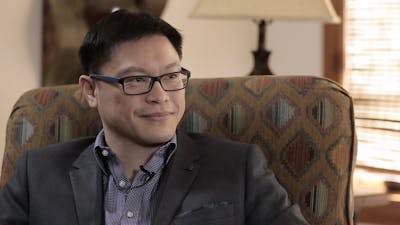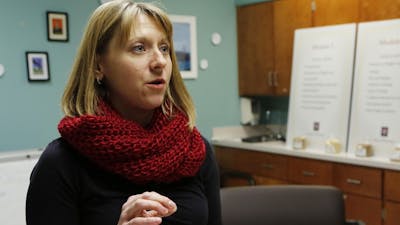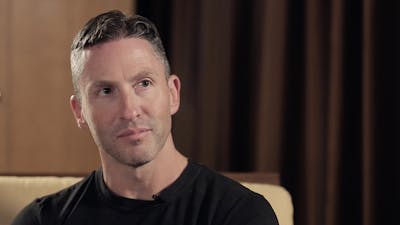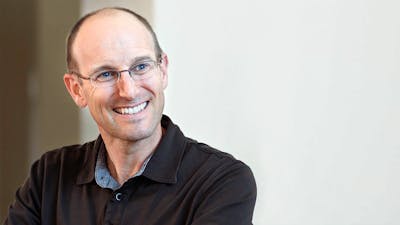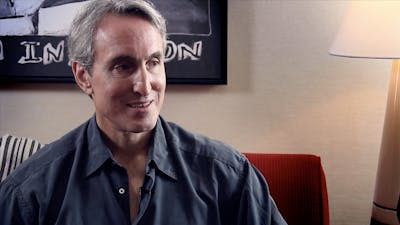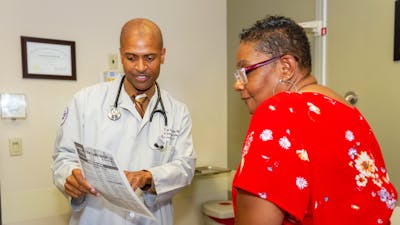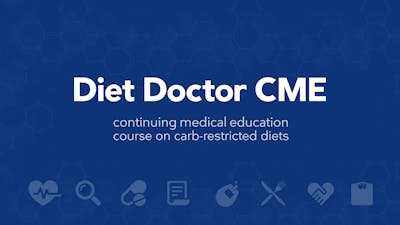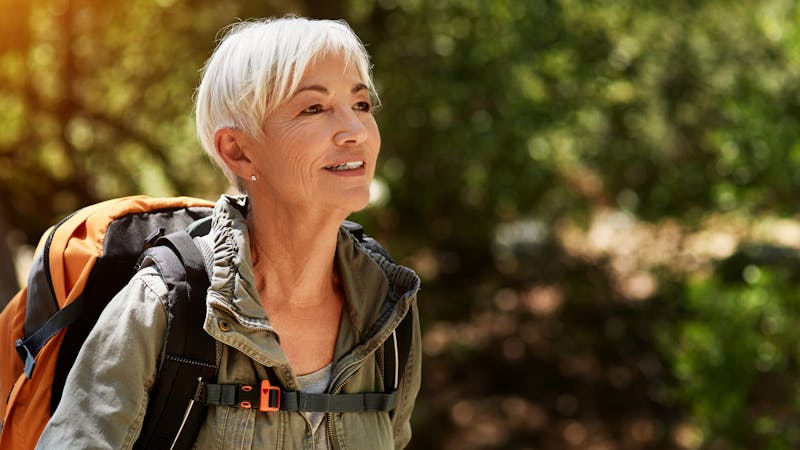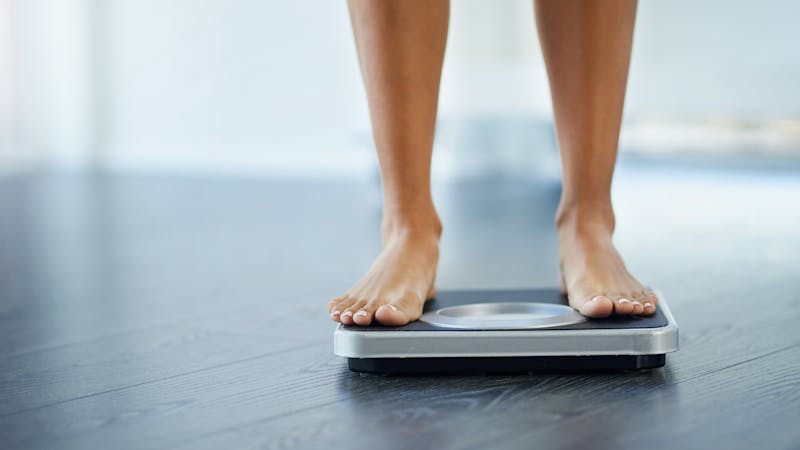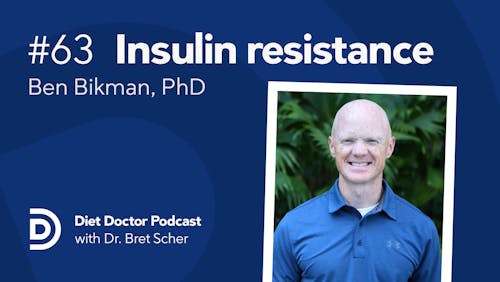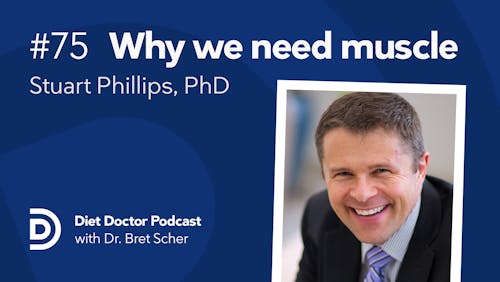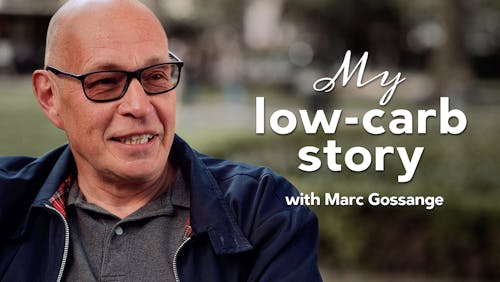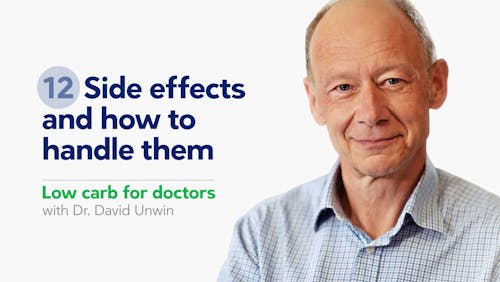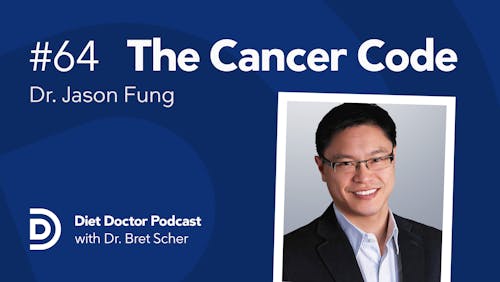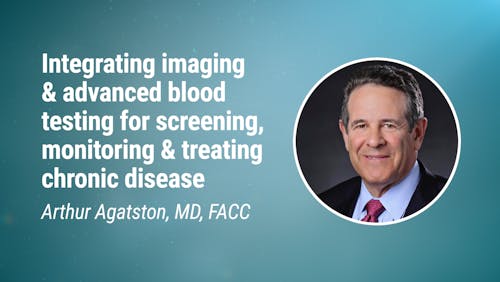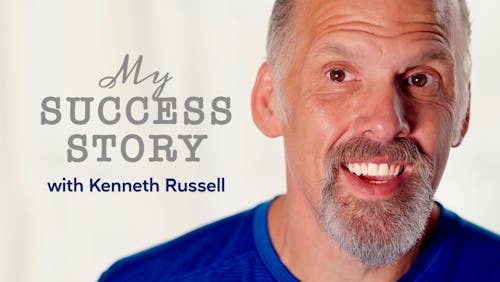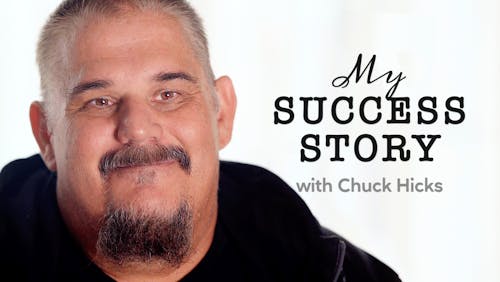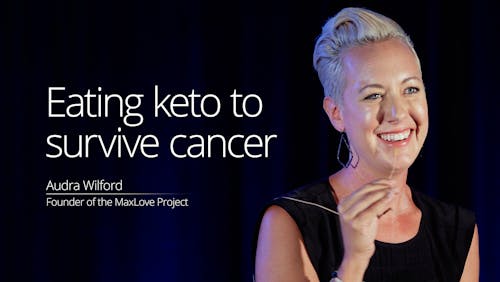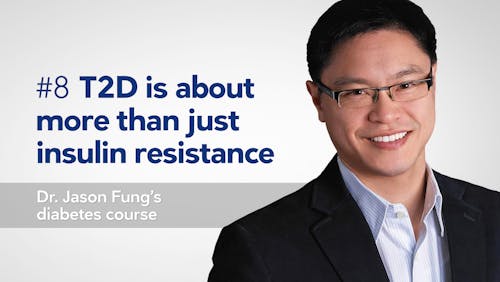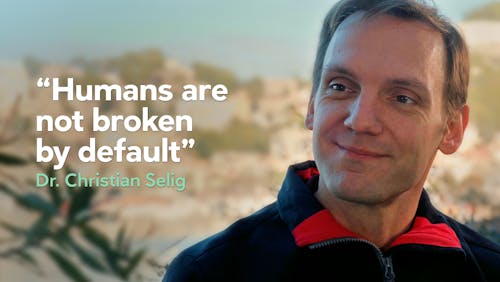Dr. Glen House promotes low-carb diets for those with spinal cord injuries
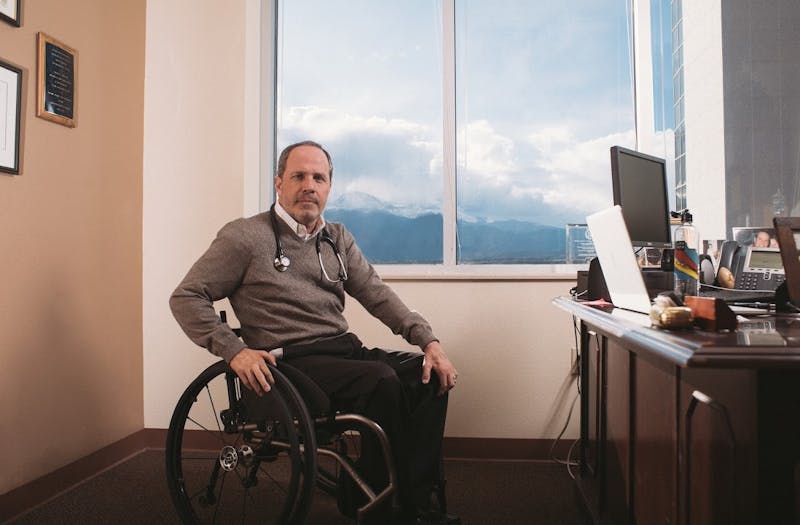
Photographer: Allison Daniell Moix
Stellar Propeller Studio
Dr. House is inspiring patients with spinal cord injuries and other disabilities to adopt a low-carb diet to improve their blood sugar management and their health. Here’s his story.
The skis that Dr. Glen House was wearing when, at age 20, he went over a cliff at Utah’s Snowbird resort, hang as a memento on his garage wall.
Every year on the anniversary of the accident that broke his neck at the 7th cervical vertebrae, Dr. House goes out for a celebratory family dinner with his wife, his two daughters, ages 14 and 20, and his parents.
“It’s a celebration of life. My daughters say, ‘Dad, we’re so glad you made it. Otherwise, we wouldn’t be here,'” Dr. House says.
January 5, 2020, marked the 30th anniversary of his head-first fall into a rock that paralyzed him from the neck down.








Photograph courtesy of Dr. House
He marked the occasion by hitting the slopes once again with the friend who saved his life. Dr. House, whose quadriplegia allows him the use of his arms but not fine use of his hands, carved the slopes on his sit-ski. His friend tried to keep up on standard skis. They both had a blast.
The athletic, gung-ho Dr. House is a prime example of living life to the fullest after spinal cord injury.Each day, he helps heal and inspire those with new spinal cord injuries, traumatic brain injury, and other life-changing trauma or disease as medical director and rehab physician at Capron Neuro and Trauma Rehabilitation Center, a 27-bed acute inpatient rehab facility in Colorado Springs.
The Capron program focuses on fostering the post-trauma abilities, not disabilities, of its patients, aiming to heal the whole person — mind, body, and soul.
High blood glucose common after spinal cord injury
In his care of his patients, Dr. House makes sure he tells every single one about the low-carb diet.
“Many people with a spinal cord injury have problems with blood sugar management,” Dr. House says.“They are set up to be insulin resistant and prediabetic. If you think about it, if your muscles aren’t contracting, they’re not going to be taking up the glucose in your blood. In someone like me, 80% of my muscles don’t contract. A handful of grapes can send my blood sugar shooting way higher than someone who isn’t paralyzed.”
That underlying metabolic change caused by loss of muscle function likely sets the stage among those with spinal cord injuries, also known as SCI, for future metabolic issues, diabetes, cardiovascular disease, and blood lipid abnormalities.
As a result, in addition to other health risks such as blood clots, pneumonia, and infections, those who are paralyzed from spinal cord injuries can have a shortened lifespan compared to those without paralysis.
“Everyone knows — clinicians, academics, researchers, patients — that once you have SCI, everything metabolically starts changing. Everybody knows it, but no one knows exactly why. At the 20 year mark, it all seems to go downhill.”
“That’s why I am focused on maximizing the health and longevity for people with SCI,” Dr. House says.
Telling patients ‘Go to Diet Doctor’
Dr. House believes it is essential that he introduces every patient at least to the idea of the low-carb diet for blood sugar and weight management.
“To every single patient, I say: ‘You need to go to Dietdoctor.com. There’s education, there are movies, there’s research. I want you to take a look and then follow up with me. And I’m going to ask you how you did.'”Many of the patients are just like he was: daring, risk-taking young men. Of the estimated 17,500 spinal cord injuries in the US each year, 78% of them are male, almost half between the age of 15 and 30.
The average length of stay on the unit is about three months. However, getting good low-carb options on the hospital meal plan is challenging. Even the hospital’s diabetic menu is typically above 60 grams a meal.
“You would not believe the menus. It is almost like you have to get out of the hospital to eat healthily,” Dr. House says.
Dr. House tries to get the meal plans for SCI patients and type 2 diabetics down below 30 grams of carbs per meal to start. He is aiming to at least provide patients with better choices and options around this part of care. Most (but not all) of the dietitians at the center support a lower carbohydrate diet and, indeed, some of the therapists and nurses are actually now doing a low-carb or keto diet because of Dr. House’s activism.
“It is amazing when you get the sugar out.”
Of course, he can’t force patients to adopt low-carb eating — and after such traumatic injuries patients are dealing with so much change and loss that they can cling to old comforts, like a favorite high-carb food.
But he can plant the seed that a low-carb diet may help their inflammation, their long-term maintenance, and their blood sugar management. And he hopes he can inspire them with his own success.
And Dr. House’s story certainly is inspiring.
From devastating accident to MD and inventor
It was a miracle Dr. House survived his fall at all. It was the last run, close to the 4 pm closing time. He and his buddy chose to do a closed, back-area run. A sign said: “Warning. Cliffs.”
“But being 20, and an extreme skier, that was attractive,” he says.
The head-first fall into a rocky outcrop, fortunately, did not give him a brain injury — the force was all absorbed by his neck. But it did tear off his scalp.Lying immobile on the slope, bleeding out, rapidly becoming hypothermic, he urged his friend to leave him to go get help.
“He said ‘No, I am not leaving you.’ And he just stayed there and yelled. He took off all his clothing to keep me warm. If he had left me I never would have made it.”
Fortunately, a ski patrol, doing a final sweep, heard the yelling. Dr. House was airlifted by helicopter off the mountain to a local hospital where ER docs stapled back his scalp and stabilized him. He then spent three months in a Utah rehab facility.
“The injury was devastating, obviously, but I was really influenced in rehab by a speech by Lou Holtz [the famous coach of the Notre Dames football team] where he talked about his W.I.N philosophy — What’s Important Now? And I realized what’s important now is rehab. I just turned it on and was like ‘Let’s go! What do I gotta do?’,” Dr. House explains.
With his hand dexterity gone, his plan to go to dental school was, too. That’s when he decided to become a doctor. He studied for his MCATs in between therapy sessions at the rehab center.
“I was really fortunate,” Dr. House says. “I had strong support from family, friends, and faith. I had something I wanted that I could focus on. I was in this stage of life where I could pivot and change.”
He decided to specialize in Physical Medicine and Rehabilitation. His spinal cord injury fellowship took him to the renowned New Jersey Kessler Rehabilitation Institute, where he trained under the doctor who treated actor Christopher Reeve after his SCI. “That year at Kessler was one of the best years of my life.”
Today, Dr. House is not only a doctor on the frontlines, helping newly injured trauma patients every day, but he is also an inventor and successful business owner, who founded Adapta Medical. He designed and patented a line of custom catheters for those with SCI and limited dexterity, a product which he now manufactures.
Amazing keto revelations
He discovered low-carb and keto eating in 2013 when his brother-in-law, who had lost a lot of weight on the diet, asked his opinion about whether he thought it was medically healthy. This query sent him researching everything he could find, including discovering the mistaken emphasis on low fat, which he had been adhering to for years.“I realized I was going to have to try the diet myself. I gave myself 14 to 16 months. Before I started, I ordered a bunch of lab tests so I could see what happened to my cholesterol and other health markers.”
Like most people with SCI, before the diet, his high-density lipoprotein (HDL) cholesterol was very low, only about 22 mg/dL.
“Low HDL is a very common finding with SCI and we don’t know why,” Dr. House says.
His triglycerides were on the high side and his LDL was in the normal range. But then, he started eating a ketogenic diet.
“I didn’t think I needed to lose weight but I trimmed down by at least 10 pounds and my HDL shot up — to at least 50 mg/dL — for the first time since my injury. My triglycerides dropped into normal range and my LDL stayed the same. It was amazing.”It also stabilized his blood sugar and gave him added endurance, fueling improved physical performance.
Conquering Pike’s Peak in ketosis
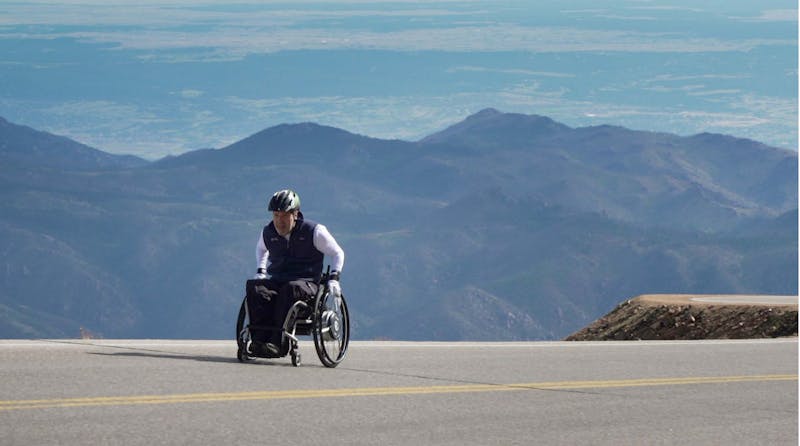



Photographer: Ray Gauger for Yamaha Navione
Want an example of improved physical performance? How about this: Last year, Dr. House made the 13.5-mile climb up the road to the top of Colorado’s famous 14,115-foot Pike’s Peak in a record six hours.
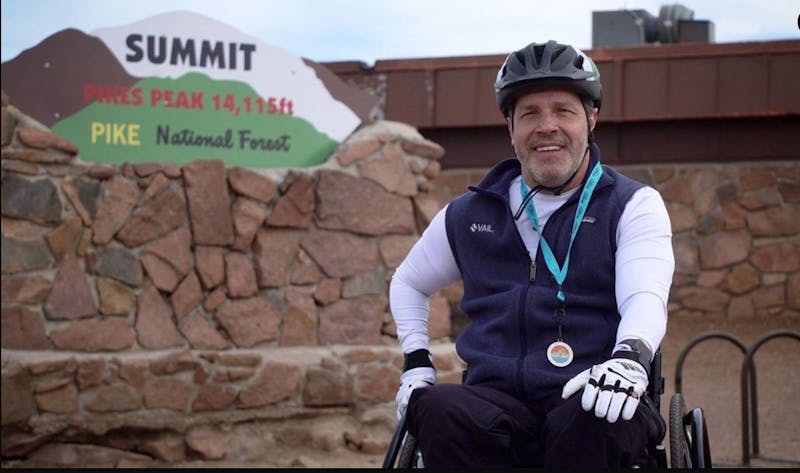



Photographer: Ray Gauger for Yamaha Navione
He had done the grueling climb five times before, as a fundraiser, but this time, he was in a new high-performance wheelchair. And for the first time, he had trained for six months in ketosis and then performed the climb in ketosis.
“I took two hours off my best time. Usually, I have to carb-load and then constantly consume glucose gel packs the entire time, and stop and rest and rehydrate. I am usually trashed for days afterward and the skin is worn from my hands.”
“But this time I was in ketosis the whole time. I was never tired and I never had to stop. I started the day with a keto drink and had several during the climb. I ate nuts and had water with electrolytes. The next day, I felt no muscle soreness at all. It was incredible.”
An inspiring and moving short video captures his impressive feat, which Dr. House estimates took 35,000 pushes of his wheelchair.
Preliminary research about ketones for neuro injury
Dr. House follows the work of researchers studying the potential of ketogenic diets in the treatment of acute spinal cord injury and other neurological injuries. And while very preliminary, research results are encouraging.
For example:
- A 2019 randomized feasibility study at the University of Alabama in Birmingham, found that a ketogenic diet given in the ICU right after SCI may have anti-inflammatory effects that may promote neuroprotection and result in improved neurological recovery.
- The same group of Alabama researchers is now leading a randomized clinical trial to see if 5 weeks of ketogenic diet vs. standard diet significantly improves motor and sensory function, glycemic function, and functional independence in patients with spinal cord injury. The researchers are working with teams in Spain and Turkey to execute a randomized clinical trial.
- The International Collaboration on Repair Discoveries (ICORD), which is headquartered in Vancouver, Canada, published a research study in 2020 that found a significant neuroprotective effect of a ketogenic diet in combination with exogenous ketone salts following acute spinal cord injury in a rat model. The researchers concluded: “Taken together, the findings of this study add to the growing body of work demonstrating the potential benefits of inducing ketosis following neurotrauma.”
- In a 2014 study, the ICORD researchers found similar benefits and concluded: “Our data suggest that current clinical nutritional guidelines, which include relatively high carbohydrate contents, should be revisited.”
- Researchers in China, in a 2019 study, found that high blood sugar levels worsen spinal cord repair after injury.
As an advocate for low-carb eating, he hopes to someday translate research findings like these to the care of those with SCI on the front line.
“The point is, even if this is preliminary, we know that high sugars are not good for healing,” says Dr. House. “We need to do more studies, but if you have anybody with any kind of neurologic injury in an ICU, I would absolutely hope one day soon they are on a ketogenic diet.”
Dr. House notes that in his role, he cannot on his own go into ICUs and change the diet that is tube fed to newly injured SCI patients.
“It needs a global education and a global movement. But I can be a knowledgeable voice, someone who is respected by my colleagues in academia, who can share that information and start everyone talking about it. I think that is an important role for me.”
Congratulations to Dr. House for doing so much to raise awareness of the low-carb diet among patients with spinal cord injuries.
More in the series
More for doctors
